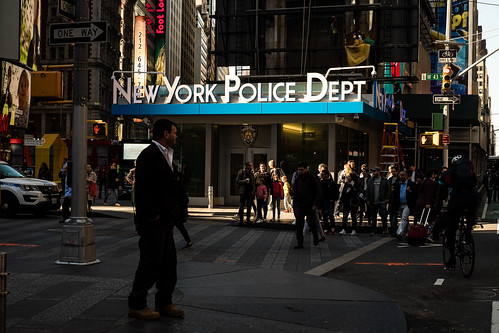Fferent length scales. We further subdivided these networks in hydrophobic, hydrophilic and charged residues networks and have attempted to correlate their influence inside the all round topology and organization of a protein. Benefits: The biggest connected component (LCC) of MK-571 (sodium salt) 21330118″ title=View Abstract(s)”>PubMed ID:http://www.ncbi.nlm.nih.gov/pubmed/21330118 lengthy (LRN)-, brief (SRN)- and all-range (ARN) networks within proteins exhibit a transition behaviour when plotted against unique interaction strengths of edges amongst amino acid nodes. Whilst short-range networks obtaining chain like structures exhibit hugely cooperative transition; long- and all-range networks, which are much more equivalent to one another, have non-chain like structures and show significantly less cooperativity. Further, the hydrophobic residues subnetworks in long- and all-range networks have similar transition behaviours with all residues all-range networks, but the hydrophilic and charged residues networks do not. Though the nature of transitions of LCC’s sizes is identical in SRNs for thermophiles and mesophiles, there exists a clear distinction in LRNs. The presence of bigger size of interconnected long-range interactions in thermophiles than mesophiles, even at larger interaction strength in between amino acids, give added stability for the tertiary structure of your thermophiles. All the subnetworks at different length scales (ARNs, LRNs and SRNs) show assortativity mixing home of their participating amino acids. Though there exists a substantial higher percentage of hydrophobic subclusters over other people in ARNs and LRNs; we usually do not find the assortative mixing behaviour of any the subclusters in SRNs. The clustering coefficient of hydrophobic subclusters in long-range network may be the highest among varieties of subnetworks. There exist hugely cliquish hydrophobic nodes followed by charged nodes in LRNs and ARNs; alternatively, we observe the highest dominance of charged residues cliques in short-range networks. Studies on the perimeter of the cliques also show greater occurrences of hydrophobic and charged residues’ cliques. Conclusions: The basic framework of protein make contact with networks and their subnetworks based on London van der Waals force is able to capture a number of known properties of protein structure as well as can unravel a number of new capabilities. The thermophiles usually do not only have the greater variety of long-range interactions; in addition they have larger cluster of connected residues at higher interaction strengths among amino acids, than their mesophilic counterparts. It can reestablish the considerable part of long-range hydrophobic clusters in protein folding and stabilization; in the sameCorrespondence: skbmbgcaluniv.ac.in Department of Biophysics, Molecular Biology Bioinformatics, University of Calcutta, 92 APC Road, Kolkata-700009, India2012 Sengupta and Kundu; licensee BioMed Central Ltd. This is an Open Access article distributed below the terms of the Creative Commons Attribution License (http:creativecommons.orglicensesby2.0), which permits unrestricted use, distribution, and reproduction in any medium, supplied the original function is properly cited.Sengupta and Kundu BMC Bioinformatics 2012, 13:142 http:www.biomedcentral.com1471-210513Page 2 oftime, it shed light around the larger communication capability of hydrophobic subnetworks over the  other individuals. The results give an indication on the controlling role of hydrophobic subclusters in figuring out protein’s folding rate. The occurrences of greater perimeters of hydrophobic and charged cliques imply the role of charged residues also as hydrop.
other individuals. The results give an indication on the controlling role of hydrophobic subclusters in figuring out protein’s folding rate. The occurrences of greater perimeters of hydrophobic and charged cliques imply the role of charged residues also as hydrop.
